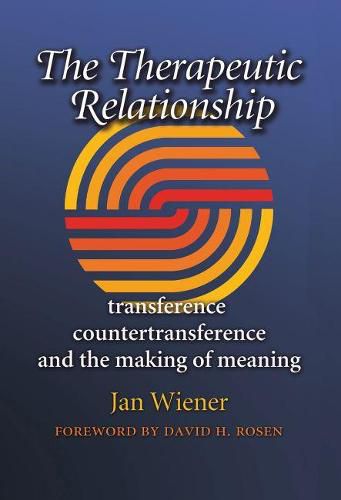Readings Newsletter
Become a Readings Member to make your shopping experience even easier.
Sign in or sign up for free!
You’re not far away from qualifying for FREE standard shipping within Australia
You’ve qualified for FREE standard shipping within Australia
The cart is loading…






This title is printed to order. This book may have been self-published. If so, we cannot guarantee the quality of the content. In the main most books will have gone through the editing process however some may not. We therefore suggest that you be aware of this before ordering this book. If in doubt check either the author or publisher’s details as we are unable to accept any returns unless they are faulty. Please contact us if you have any questions.
While C. G. Jung had a natural intuitive understanding of the transference and countertransference, his lack of a coherent method and clinical technique for working with transference and his ambivalence and mercurial attitude to matters of method, have, in the words of therapist and Jungian scholar Jan Wiener, sometimes left Jungians who are eager to hone their knowledge and skills in this area floundering and confused.
Her aim in this important book is to lay the groundwork for the development of a more contemporary Jungian approach to working with transference and countertransference dynamics within the therapeutic relationship. Her work is also informed by knowledge from other fields, such as philosophy, infant development, neuroscience, and the arts.
In The Therapeutic Relationship, Wiener makes a central distinction between working in the transference and working with the transference, advocating a flexible approach that takes account of the different kinds of attachment patients can make to their therapists. She develops her own concept of the transference matrix, a model that honors one of Jung’s core beliefs in the development of a symbolic capacity as an essential task of psychotherapy, but at the same time acknowledges that a capacity to symbolize can only emerge through relationship.
$9.00 standard shipping within Australia
FREE standard shipping within Australia for orders over $100.00
Express & International shipping calculated at checkout
This title is printed to order. This book may have been self-published. If so, we cannot guarantee the quality of the content. In the main most books will have gone through the editing process however some may not. We therefore suggest that you be aware of this before ordering this book. If in doubt check either the author or publisher’s details as we are unable to accept any returns unless they are faulty. Please contact us if you have any questions.
While C. G. Jung had a natural intuitive understanding of the transference and countertransference, his lack of a coherent method and clinical technique for working with transference and his ambivalence and mercurial attitude to matters of method, have, in the words of therapist and Jungian scholar Jan Wiener, sometimes left Jungians who are eager to hone their knowledge and skills in this area floundering and confused.
Her aim in this important book is to lay the groundwork for the development of a more contemporary Jungian approach to working with transference and countertransference dynamics within the therapeutic relationship. Her work is also informed by knowledge from other fields, such as philosophy, infant development, neuroscience, and the arts.
In The Therapeutic Relationship, Wiener makes a central distinction between working in the transference and working with the transference, advocating a flexible approach that takes account of the different kinds of attachment patients can make to their therapists. She develops her own concept of the transference matrix, a model that honors one of Jung’s core beliefs in the development of a symbolic capacity as an essential task of psychotherapy, but at the same time acknowledges that a capacity to symbolize can only emerge through relationship.